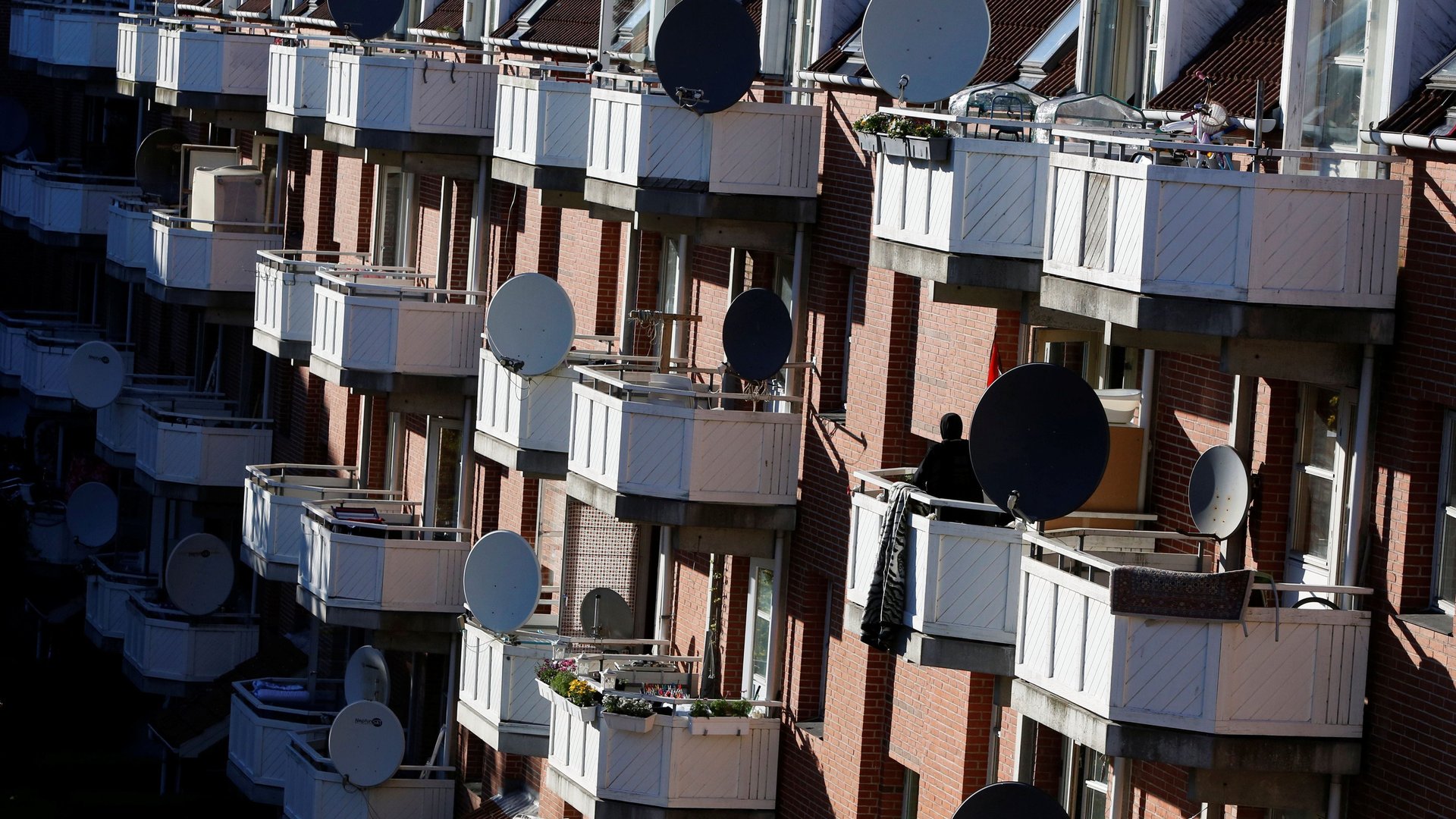Denmark wants to double the punishment for crimes committed in immigrant “ghettos”
Since 2010, Denmark has officially designated deprived, immigrant-heavy areas as “ghettos.” Soon, people who commit certain crimes in these areas may face double the usual punishment.


Since 2010, Denmark has officially designated deprived, immigrant-heavy areas as “ghettos.” Soon, people who commit certain crimes in these areas may face double the usual punishment.
This proposal is one of 22 measures announced by the Danish government in a controversial bid to improve the integration of immigrants with the native population. The measures are grouped into four areas—redevelopment of infrastructure, redistribution of the population, targeted policing, and early childhood development. They are intended to eliminate ghettos by 2030.
The measures range from requiring toddlers who live in designated ghettos to attend mandatory daycare that emphasizes Danish values, increasing local authorities’ surveillance of families who reside in ghettos, and imprisoning immigrant parents who take their children on prolonged trips to their countries of origin.
Most of these proposals have the support of a majority of parliament—including the left-leaning Social Democrats—and more will be subject to a vote in the autumn, according to a recent report (paywall) by the New York Times.
The government is keen to distinguish between Western immigrants and those who migrate from other parts of the world. According to government statistics, there were about 50,000 people with non-Western backgrounds living in Denmark in 1980. Today, that figure is nearly half a million. Many of these immigrants have clustered together, a fact that alarms many Danish policymakers.
Areas where the population is comprised of more than 50% non-Western immigrants are likely to be designated as a ghetto. As well as demographics, the government looks at crime, unemployment, incomes, and education levels before defining an area as a ghetto.
Denmark is one of the few countries in the world to formally classify certain residential zones as ghettos. The government publishes a regularly updated list of these areas: The current list includes 25 areas with a total population of more than 60,000 residents.